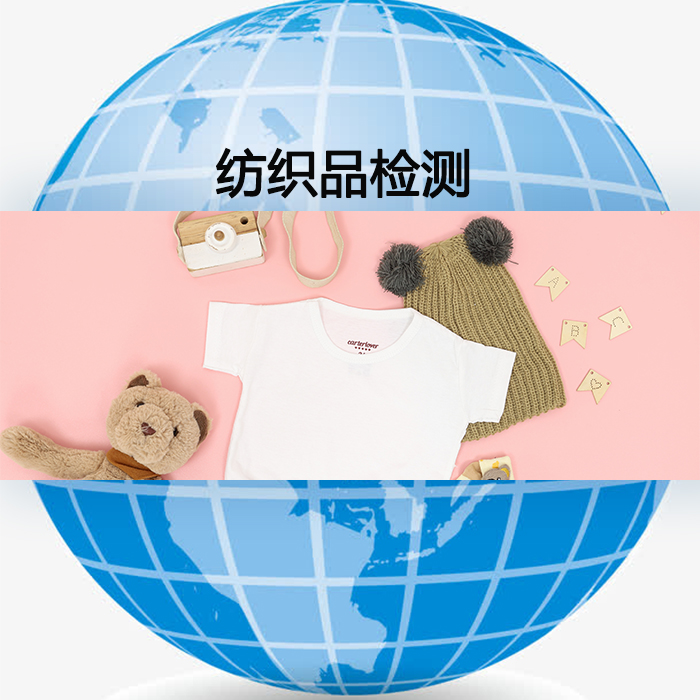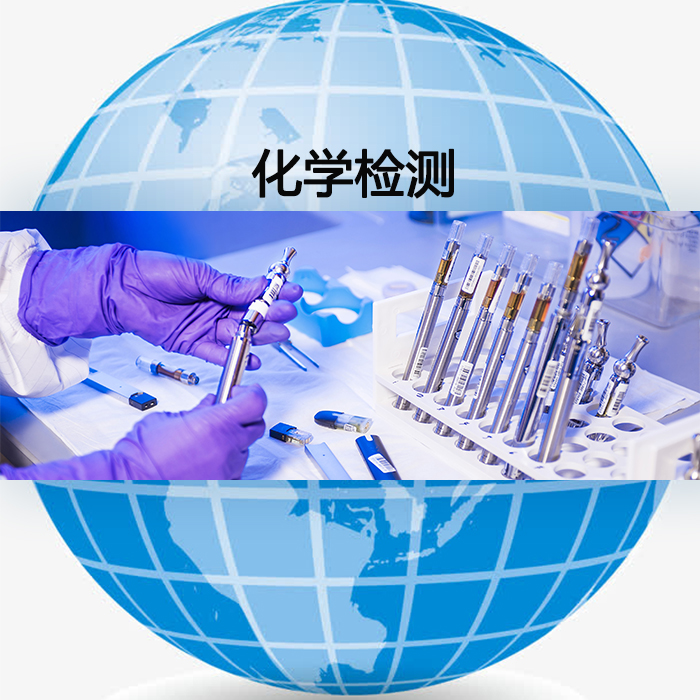With the globalization of the economy, consumers around the world are increasingly concerned about the quality and safety of textiles, and regulations related to textile testing in various countries are constantly evolving. As an authoritative third-party clothing testing institution recognized by the state, the 100% inspection and testing agency pays attention to relevant testing.
Textile testing is a large category of testing, including physical and chemical testing.
The leather testing projects mainly include PVC/PU testing, physical performance testing, chemical performance testing, color fastness testing, content determination, material identification, composition analysis, toxic and harmful substance testing, environmental protection testing, azo testing, etc.
Routine testing of textiles
Routine testing: testing of various textiles such as fibers, yarns, synthetic filaments, textile (knitted) fabrics, clothing and down products, and the Ulster yarn expert analysis system.
Special testing: testing the flame retardancy, wear resistance, moisture permeability, breathability, water permeability, and anti-static properties of textiles.
Ecological textile testing: Testing of the pH value, formaldehyde content, prohibited azo dyes, extractable heavy metal content, pesticide residue, dyeing fastness, and odor of textiles.
Testing of dyes and additives: Testing of the pH value, formaldehyde content, dyeing fastness, prohibited azo dyes, heavy metal content, allergic dyes, dye identification, solid content, impurity analysis, etc. of dyes and additives.
The testing of textile composition mainly includes:
Various fiber composition fabrics: cotton, linen, wool (sheep, rabbit), silk, polyester, viscose, spandex, nylon, CVC, etc
Various structural fabrics: woven (plain, twill, satin), knitted (weft flat, cotton wool, Roman, warp knitted), velvet, corduroy, flannel, lace, coated fabrics, etc
Readymade clothing category: outerwear, pants, skirts, sweaters, T-shirts, cotton jackets, down jackets, etc
Home textiles: bed sheets, quilts, bedspreads, towels, etc
Decorative items: curtains, tablecloths, wall coverings, etc
Other: Ecological textiles





 aaron@cqclab.com
aaron@cqclab.com 13528682727
13528682727 13528682727
13528682727 +86 13528682727
+86 13528682727